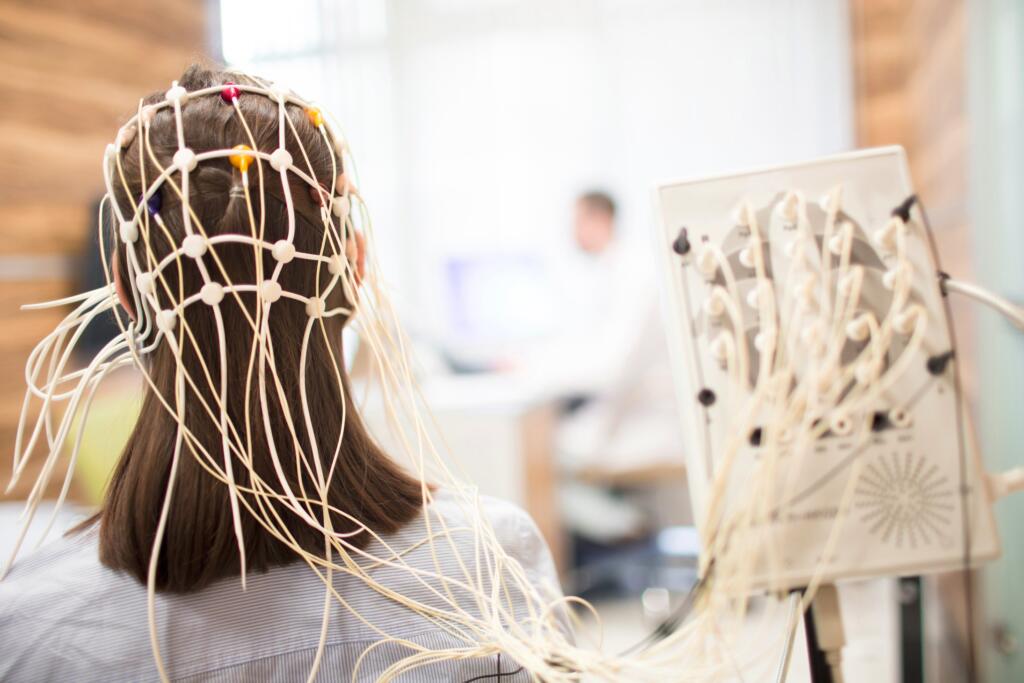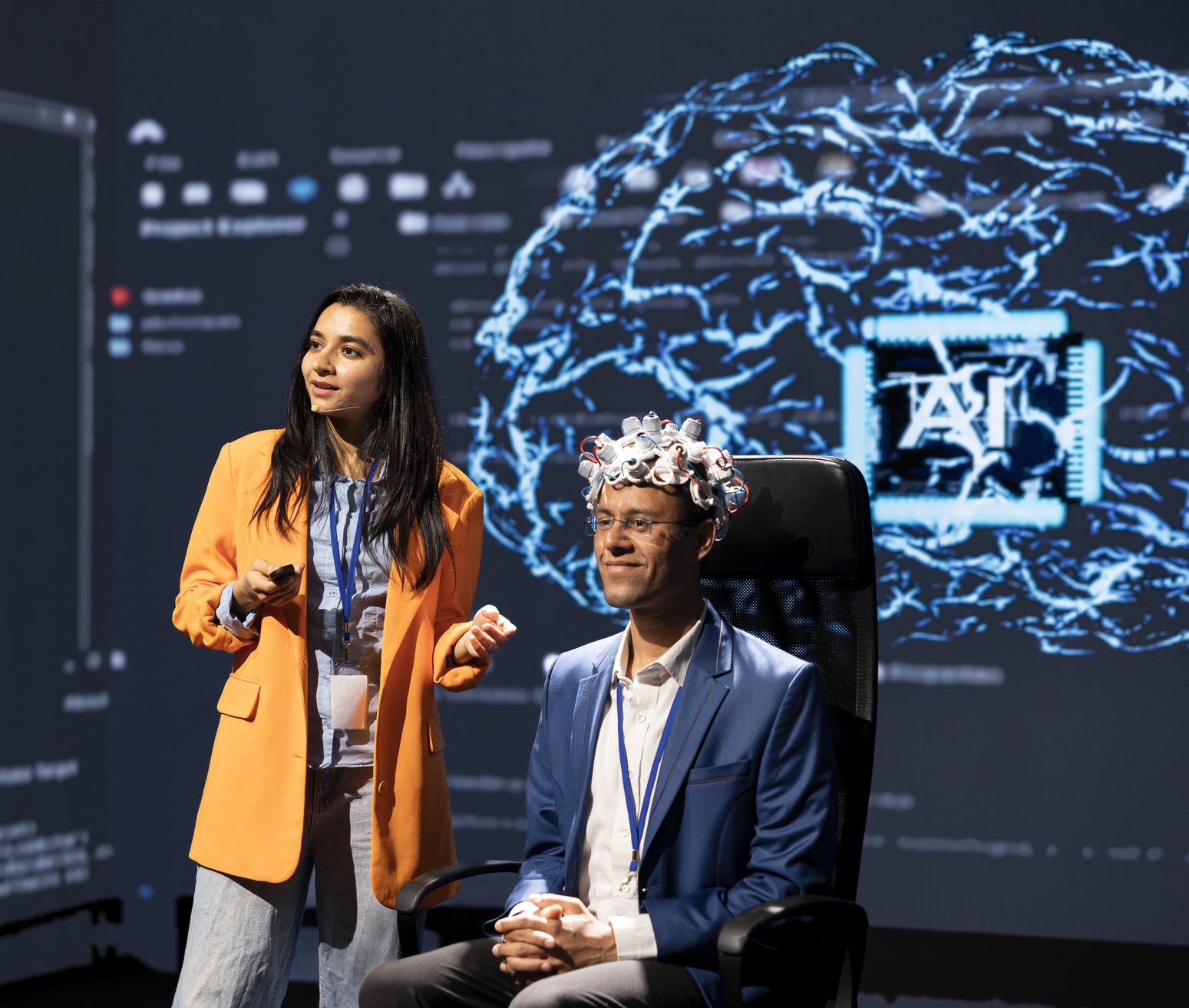It’s a collaborative project with Chongqing Yinian Zhongshu Co. Ltd
Chongqing Yinian Zhongshu Co. Ltd is a high-tech enterprise specializing in the development of advanced cloud-based EEG (electroencephalography) signal processing algorithms and artificial intelligence analysis platforms. Its core business focuses on providing stable and efficient EEG data decoding SDKs and API services for healthcare, research institutions, and consumer electronics. We are dedicated to the R&D and production of non-invasive brain-computer interface (BCI) hardware, developing high-precision and cost-effective EEG acquisition devices, and delivering integrated solutions for rehabilitation medicine, smart homes, and human-computer interaction.

Technology: Existing brain-computer interfaces lack multi-language neurofeedback training systems and have limited processing capabilities. In complex environments (e.g., homes, hospitals), signals are often unstable. Traditional low- and mid-frequency electrical stimulators (such as Compex, Omron) only provide preset programmatic stimulation, without dynamically adjusting parameters based on patients’ real-time neural intentions. This results in low neural remodeling efficiency (rehabilitation cycles extended by 40%), while decoding accuracy and real-time performance cannot meet the requirements of high-precision control (e.g., rehabilitation devices).

Data: Current brain-computer interfaces have high latency (>300 ms), preventing patients from achieving real-time interaction and controlling limb movements through their own intentions. This reduces cortical involvement and violates the principle of “active rehabilitation” (Class I evidence in international rehabilitation medicine guidelines). EEG data is highly sensitive, involving privacy and security concerns. Cross-border transmission for collaborative algorithm iteration faces compliance and security risks.
Cost: Achieving localized deployment of high-performance algorithms requires expensive computing hardware. Devices with neurofeedback functions, such as those from Switzerland’s Hocoma and Germany’s RehaStim, are priced at over USD $2 million per unit, with penetration rates in primary hospitals below 5%. Each rehabilitation session requires a therapist to fully operate the device and evaluate movement outcomes, with labor costs accounting for more than 60%, thus hindering broader market adoption.

